Best beginner gravel bikes 2025 – totally sorted and easy to ride
The best beginner gravel bikes shouldn't cost the earth but will give you upgrade options to meet your riding needs
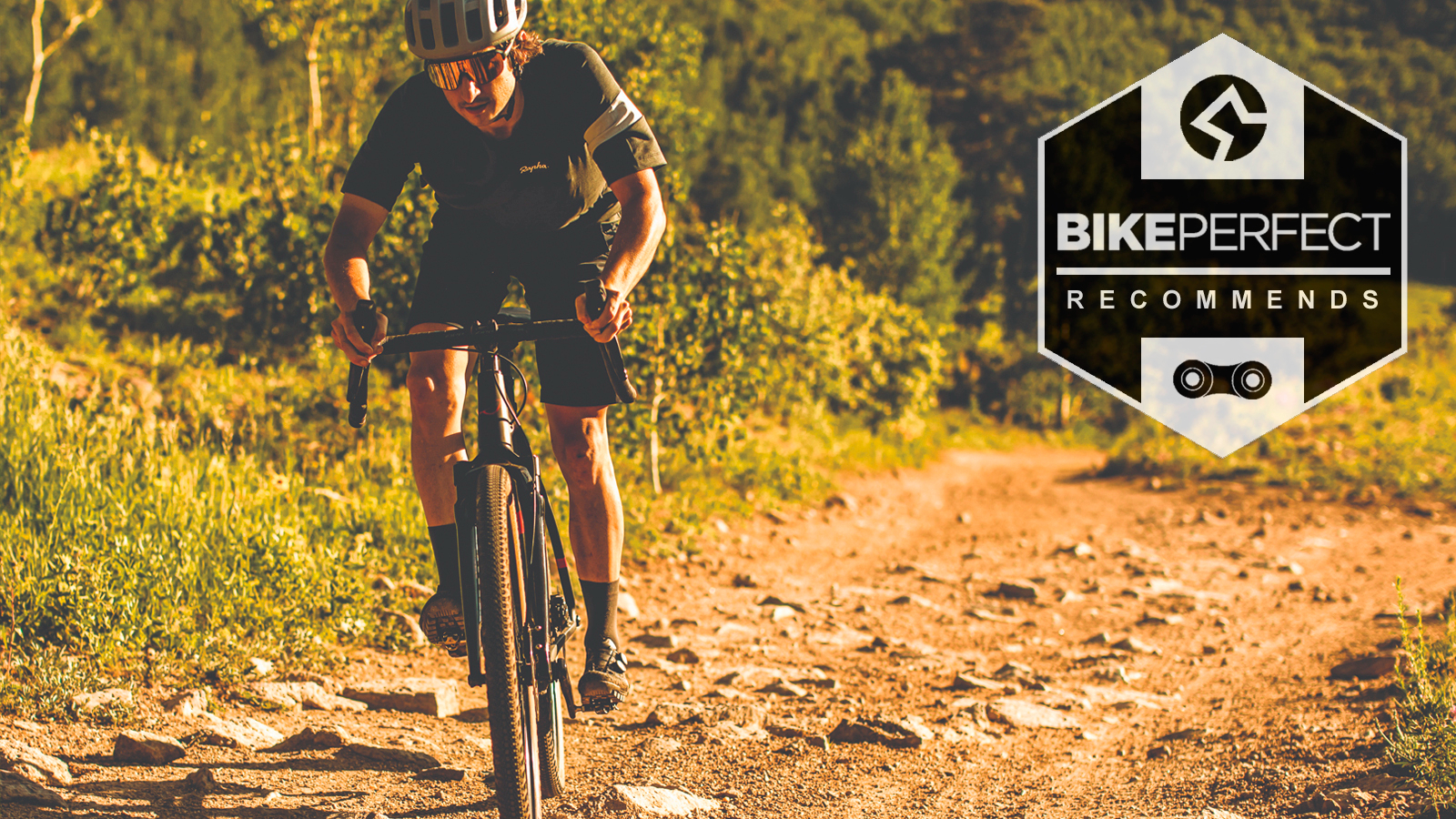
Your first gravel bike is probably the most important gravel bike you'll ever buy. Why you might ask? Well, your first gravel bike should be the gateway to a long affair of drop bar thrashing, multi-day adventure and general off-piste exploration, but be warned, buying the wrong one can kill this buzz right from the off. Luckily, we've put together a list of the best affordable options.
Fortunately there are loads of good gravel bikes out there now and most have features like wide tire clearance, a wide gear range, and lots of mounting points that let you get going, with the flexibility to change things to suit your riding.
To make things as easy as possible for you, we've gathered together what we think are the best beginner gravel bikes you can buy right now. Scroll on to see what made the list, or, if you need some more information to help you make a decision, we've got a guide to what to look for in a beginner gravel bike at the bottom of the page.
If you're already experienced and looking for the best gravel bikes, we've got a guide to them too, which covers mainly mid-priced bikes that offer a decent beginner gravel bike spec, but if you're looking to spend less, we've also got a guide to the best cheap gravel bikes under $1,500.
Best beginner gravel bikes

Voodoo Limba
Best overall bargain gravel bike
Frame material: 6061 alloy | Gearing: Shimano Claris 8-speed | Sizes available: S – L | Wheel size: 700c
On the road or out on the trail the Voodoo Limba feels way more premium than its price tag would suggest, and this is thanks to its totally sorted contact points. Add in the feel of quality bar tape and it's easy to mistake the Limba for a bike of twice it's value.
The advanced looking aluminium frame is pared with a chromoly-steel fork, and while this does translate to a good ride feel, the flipside of the fork is that steel certainly doesn't help things in the weight department.
As standard, the Limba's gearing range is more suited to urban environments as opposed big elevation rides in the wilderness, but luckily the long-cage Shimano Claris gears have enough span to upgrade to a 11-34t cassette should you be heading to the hills.
Rack mounts at the rear and proper threaded mudguard mounts at both ends add to the Limba's usability and make it a brilliant option for riders wanting a great value all-weather commuter or tourer. Voodoo only offers the S, M and L sizes though so riders at either height extremities should probably keep scrolling.
Think this could be the right gravel bike for you? Then make sure to check out our Voodoo Limba review for more details.
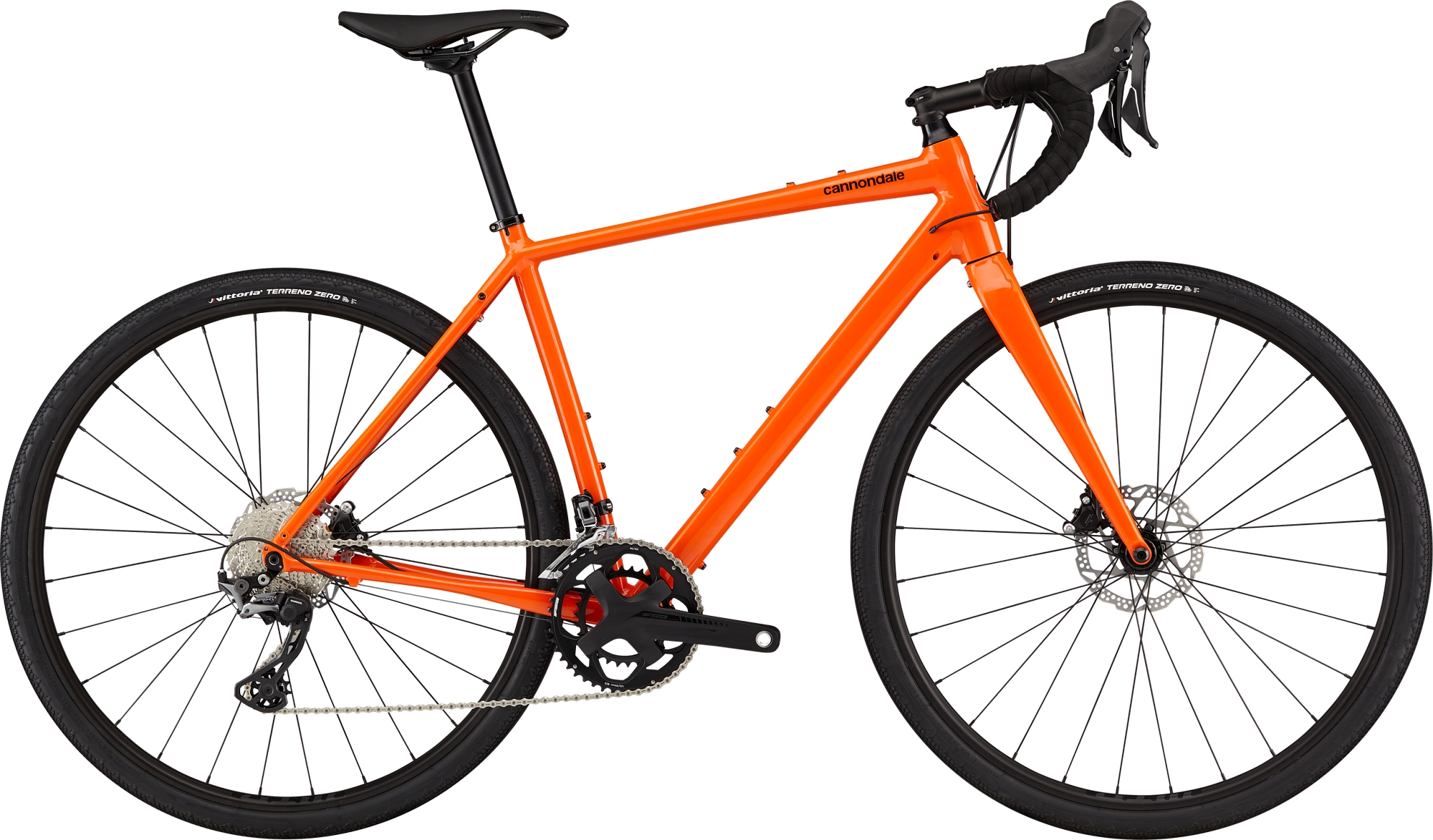
Cannondale Topstone 1
The best high-end gravel bike for beginners
Frame Material: Smartform C2 aluminum | Gearing: Shimano GRX 11-speed | Sizes available: XS - XL | Wheel Size: 700c
Don't let the Topstone's aluminum frame put you off. Cannondale is the master of alloy fabrication and the Topstone's frame is rugged and versatile and comes with all the mounting points you need if you want to try bikepacking or just add fenders to ride around town.
The frame is paired with the same all-carbon fork as found on the pricier Topstone Carbon bikes and had Cannondale's OutFront geometry for off-road stability without sacrificing flickability.
Go for this top spec Topstone alloy and you get a full Shimano GRX 2x11-speed drivetrain with gear ratios that go well below 1:1, while the Shimano shifting will be familiar to anyone coming from a road bike. There's plenty of clearance for the 40mm tires fitted and you can add a dropper post if you want to hit more technical terrain.
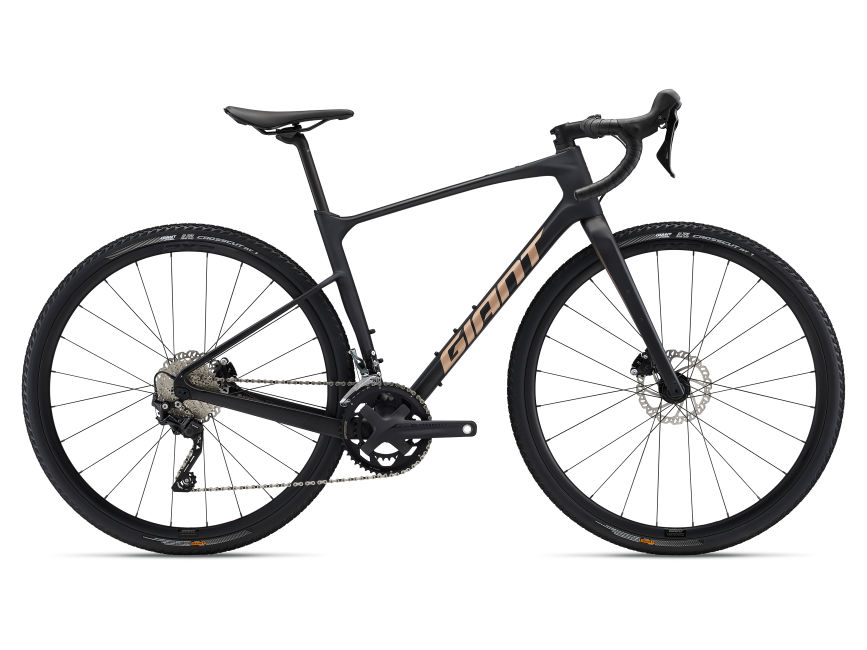
Giant Revolt Advanced 3
Best beginners gravel bike with adjustable geometry
Frame Material: Advanced-Grade Composite carbon | Gearing: Shimano GRX 10-speed | Sizes available: XS - XL | Wheel Size: 700c
The lowest spec of the Giant Revolt Advanced comes with the same quality carbon frame and fork as the rest of the range, which heads up to a $4,400 price tag for the top spec Revolt Advanced 1 model. The frame is designed with built-in compliance and has shaved weight and updated the geometry from the previous model.
Giant hasn't scrimped on the Revolt Advanced 3's spec with a 10-speed Shimano GRX/Tiagra groupset and its D-Fuse handlebar and stem to help absorb vibration. There's a Flip Chip in the rear dropout that lets you fine tune the handling and increase tire clearance to a massive 51mm or go for smaller tires up to 42mm with a shorter wheelbase and sharper handling.
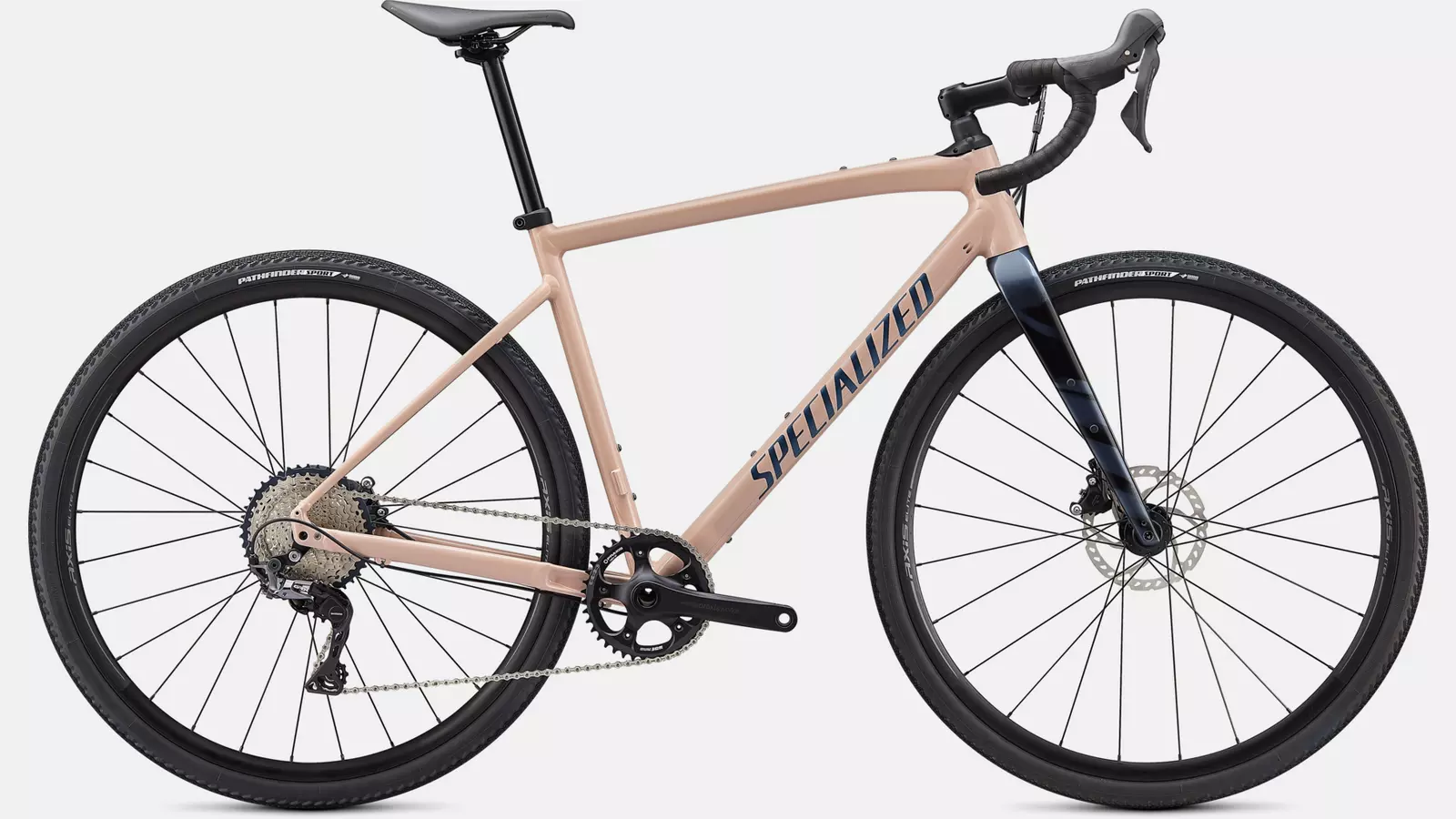
Specialized Diverge Comp E5
The best beginner gravel bike for comfort on rough terrain
Frame Material: E5 premium aluminum | Gearing: Shimano GRX 11-speed | Sizes available: 49cm - 64cm | Wheel Size: 700c
Although you're getting an alloy frame rather than carbon, the Specialized Diverge Comp E5 has a carbon fork and the Future Shock 1.5 front suspension system that gives you 20mm of vertical compliance. There's loads of tire clearance - 47mm - and the option to fit tires up to 2.1in on 650b wheels.
The single ring Shimano GRX groupset helps keep things simple and lowers the risk of dropping a chain, although the range isn't quite as wide as some and the wider gaps between gear ratios may take a bit of getting used to for the beginner.
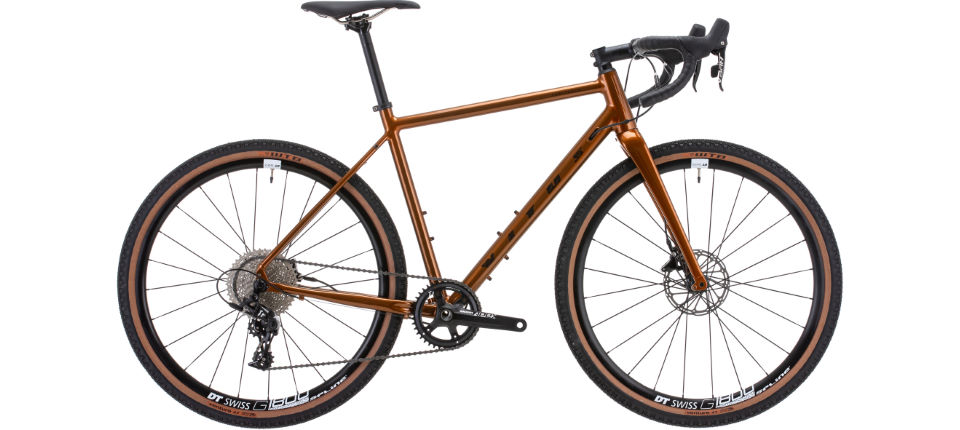
Vitus Substance VRS-1
The best beginner gravel bike for aggressive riders
Frame Material: 6061-T6 aluminum | Gearing: SRAM Apex 11-speed | Sizes available: XS - XXL | Wheel Size: 650b
The Vitus Substance is a Wiggle and Chain Reaction Cycles exclusive. This spec's alloy frame is kitted out with a SRAM Apex 11-speed single ring groupset with a 40 tooth chainset and wide range 11-42 tooth cassette, which simplifies things but still gives plenty of low gear range.
It rolls on 650b DT Swiss alloy wheels with 47mm WTB Venture tires for off-road grunt and a more aggressive spec than many beginner gravel bikes, so it's well kitted out if your gravel riding is likely to take in more extreme terrain or if you plan to head off bikepacking. You can fit an internally routed dropper post too.
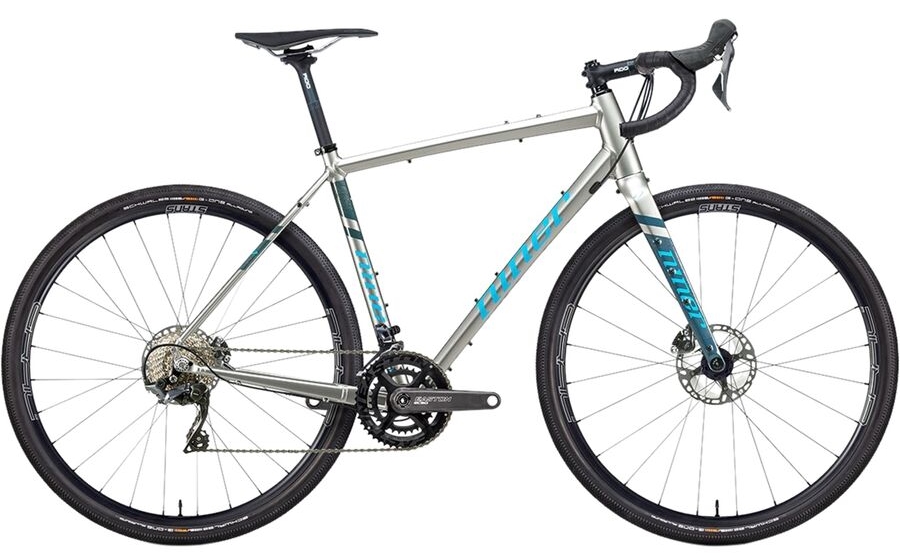
Niner RLT 9
Another burly option for beginner gravel riders who want to go big or go home
Frame Material: Hydroformed 6061 aluminum | Gearing: SRAM Rival 11-speed | Sizes available: 47cm - 62cm | Wheel Size: 650b
Niner's forte is 29er MTBs, so the Niner RLT 9 comes from the off-road capable end of the gravel bike spectrum, with 650b DT Swiss wheels and 50mm Schwalbe G-One Bite Evo Super Terrain tires.
The aluminum frame has the clearance to fit 50mm tires on 700c wheels or 2.0in 650b, so tire choice for rugged terrain will never be an issue. The single ring SRAM Rival groupset matches the range of the Vitus. You get a Niner saddle on a Niner carbon seatpost and Easton alloy bars for quality, comfortable touchpoints.
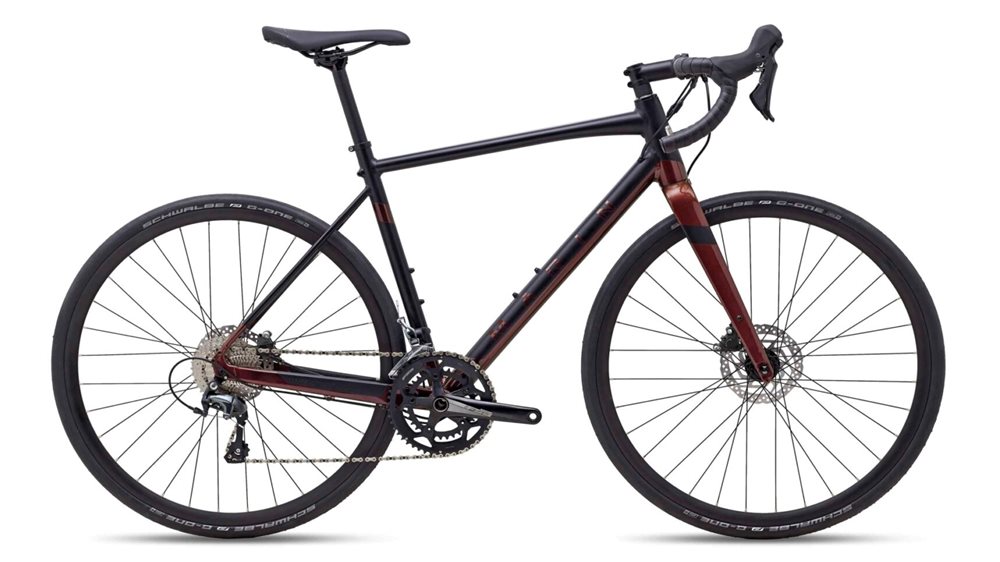
Marin Gestalt 2.5
Best gravel bike for beginners on a budget
Frame Material: Series 3 6061 aluminum | Gearing: Shimano Tiagra 10-speed | Sizes available: 50cm - 60cm | Wheel Size: 700c
Marin's Gestalt gravel bike is more geared towards the road rider who wants to be able to take on a bit of unpaved track. It comes with 30mm tires and a Shimano Tiagra 10-speed groupset that goes down to 1:1 in its lowest ratio.
That means it's not quite so off-road capable as many gravel bikes and there's only clearance in the alloy frame for 35mm tires, but if you're mainly traveling on flatter hardpacked trails or on tarmac, it's got you covered.

GT Grade Elite
The best low price option for gravel beginners
Frame Material: Aluminum | Gearing: Shimano Claris 2x8-speed | Sizes available: 44cm - 61cm | Wheel Size: 700c
The GT Grade was one of the original gravel bikes and this model gets plenty of gravel features in a lower priced package. The seatstays pass around the seat tube and meet at the top tube, for longer length and greater compliance. You also get a full carbon fork.
Groupset-wise, this lower spec Grade has 2x8-speed Shimano Claris gearing, but with the FSA Tempo 48/32 chainset, it goes below 1:1 despite being a road bike groupset. The WTB Riddler tires are a capable gravel offering though, helping to make this a budget entry into gravel biking.
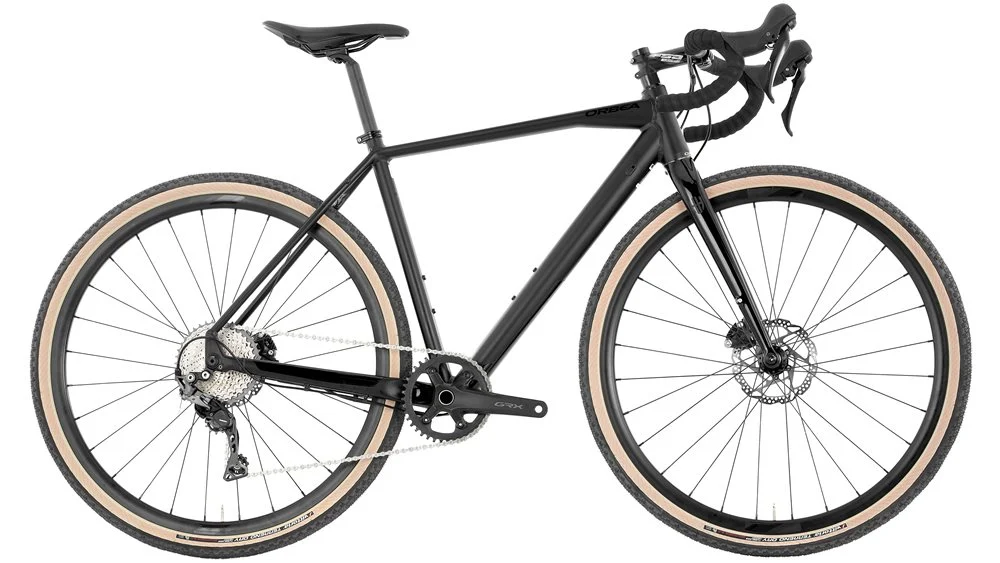
Orbea Terra H30
The best beginner gravel bike for a dry climate
Frame Material: Hydroformed aluminum | Gearing: Shimano GRX 11-speed | Sizes available: XS - XXL | Wheel Size: 700c
Orbea makes the Terra in carbon and aluminum and this alloy bike comes with
Vittoria Terreno Dry Gravel 38mm tires and a single ring Shimano GRX groupset. With gearing that only goes down to 1:1 the Orbea Terra H30 won't take you to the toughest terrain, but if you're just getting into gravel riding it's a very capable option on easier unmetalled trails.
The bike comes with quality touchpoints including a Selle Royal saddle on a carbon seatpost to help make things that much more comfortable off road.
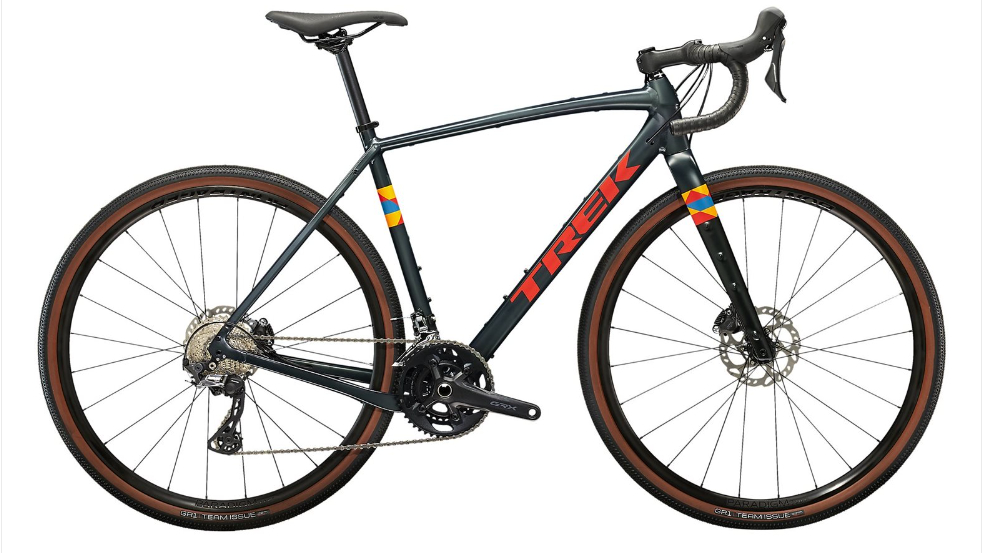
Trek Checkpoint ALR 5
Best beginner gravel bike for would-be bikepackers
Frame Material: Hydroformed aluminum | Gearing: Shimano GRX 11-speed | Sizes available: 49cm - 61cm | Wheel Size: 700c
The Trek Checkpoint is another bike with variable geometry: you can slide the rear wheel back and forward to alter how stable the handling feels and also what size tires you can fit. The bike comes with 40mm tires, but you can up that to 45mm comfortably.
There's a Shimano GRX groupset with a 46/30 chainset and 11-34 tooth cassette, giving plenty of low gearing for steeper off-road ascents. The Bontrager bars are compatible with the brand's Blendr system, so you can bolt on a computer, lights and other accessories for when you hit the trails.
Best beginner gravel bike: what to look for
Do the bikes listed here have upgrade potential?
If you're just getting into gravel riding, the last thing you want is to find in a few months that your steed stops you from going where you want or slows you down. So we've chosen bikes that have a quality spec that you're not going to have to spend a fortune upgrading, but which give you the potential to add extra features later.
So most of the bikes we've recommended let you add a dropper post so that if you've come from an MTB background you can set up your gravel bike for more gnarly riding. Most will let you fit 650b wheels with wider tires for more rubber hitting the trail, more grip and added comfort, which again help on more aggressive terrain.
Lots of mounting points for luggage are more-or-less a given with gravel bikes. They mean that you can go really long, head into remote areas and load up for bikepacking. Fender mounts are nice if you just want to keep drier riding around town.
How much comfort do you need?
Gravel riding can come as a shock whether you're a reformed roadie or a mountain biker wanting to try something different, as you'll get knocked around more than on tarmac and there's not the suspension that MTBs provide to smooth things out.
But many gravel bikes add a bit of comfort through compliance zones built into the frame or specific features like Specialized's Future Shock stem or Cannondale's Kingpin rear suspension on its Topstone Carbon gravel bikes. They're not essential - you'll get used to the rougher ride - but they're certainly nice to have for the beginner gravel rider.
What sort of tire clearance is best?
A big factor in ride comfort is the width of the tires you can fit: more air under you will let you drop tire pressure, helping to smooth out imperfections and add more grip. Most gravel bikes will take tires of 40mm or more on a 700c wheel or much wider if you switch to 650b, which again many gravel bikes will allow.
Fitting the best gravel bike tire for the conditions is something of an art: if your riding is on dry gravel you'll appreciate the wider tires, but if you're riding somewhere muddy a narrower, mud-specific tire will give you more grip and frame clearance to help avoid mud build-up.
Is setting up tubeless wheels worth it?
Pretty much all gravel bikes come with a tubeless ready wheel and tire combo. It's worth checking though and setting up the tires as tubeless from the get-go. Nothing is more dispiriting for the beginner gravel bike rider than having to contend with a series of flats on every ride.
As with any bike, one of the first upgrades to aim for with your new gravel bike is a wheel swap. The best gravel bike wheels can shed you some weight and up the gravel bike's performance.
What's the best gear ratio for gravel?
Drivetrains specifically designed for gravel riding are worth looking out for. The best gravel groupsets will have a clutched rear derailleur which helps to stop chainslap on the chainstay and should help avoid a dropped chain on uneven ground.
Gravel bike gearing is usually half way between road bike and MTB gearing. That means that you've got more grunt to climb off-road than with a road bike, but at the expense of fewer high gears for fast on-road sections. On the other hand, although you may not be able to spin up steep gradients like on an MTB, you'll have a lot more speed on flatter gravel and on blacktop.
Entry level specs of many gravel bike ranges often don't have a gravel-specific groupset, so you won't get a clutched derailleur and you might not get a gear range that's optimal for gravel riding, leaving you walking tougher off-road sections.
Will 1x give you enough gears on a gravel bike?
As on mountain bikes, single ring groupsets are a popular option on gravel bikes. They keep things simple, help to avoid mud accumulation around the bottom bracket and can provide more clearance than double chainrings. Single chainrings also have deeper teeth than double chainrings, and they have alternating wide and narrow teeth, both of which help with chain retention.
On the other hand, you'll have larger jumps between gear ratios than with two rings and you may not get quite the overall gear range. For mountain bikers it's probably something they're used to, but it may feel a bit strange at first to beginner gravel bike riders coming from the road.
Fortunately most brands include both single ring and double chainring specs in their gravel bike line-ups, so you can decide whether range or simplicity are more important for you.
Are gravel bikes with flared handlebars better?
Most gravel bikes come with a bar that has a flare to the drops. Just how much varies, but it's designed so that if you're descending in the drops you have more steering control. If you're coming from an MTB the width probably won't faze you, but it can feel a bit odd for a reformed roadie. A wide flare can put the brake levers at an angle that doesn't feel right for the road rider too.
The drop from the tops to the drops is also likely to be less than with road bike bars, so that when riding in the drops you're in a more upright position and can shift your balance and spot obstacles better.
Check out our guide to the best gravel bike handlebars if you want to see what's available.
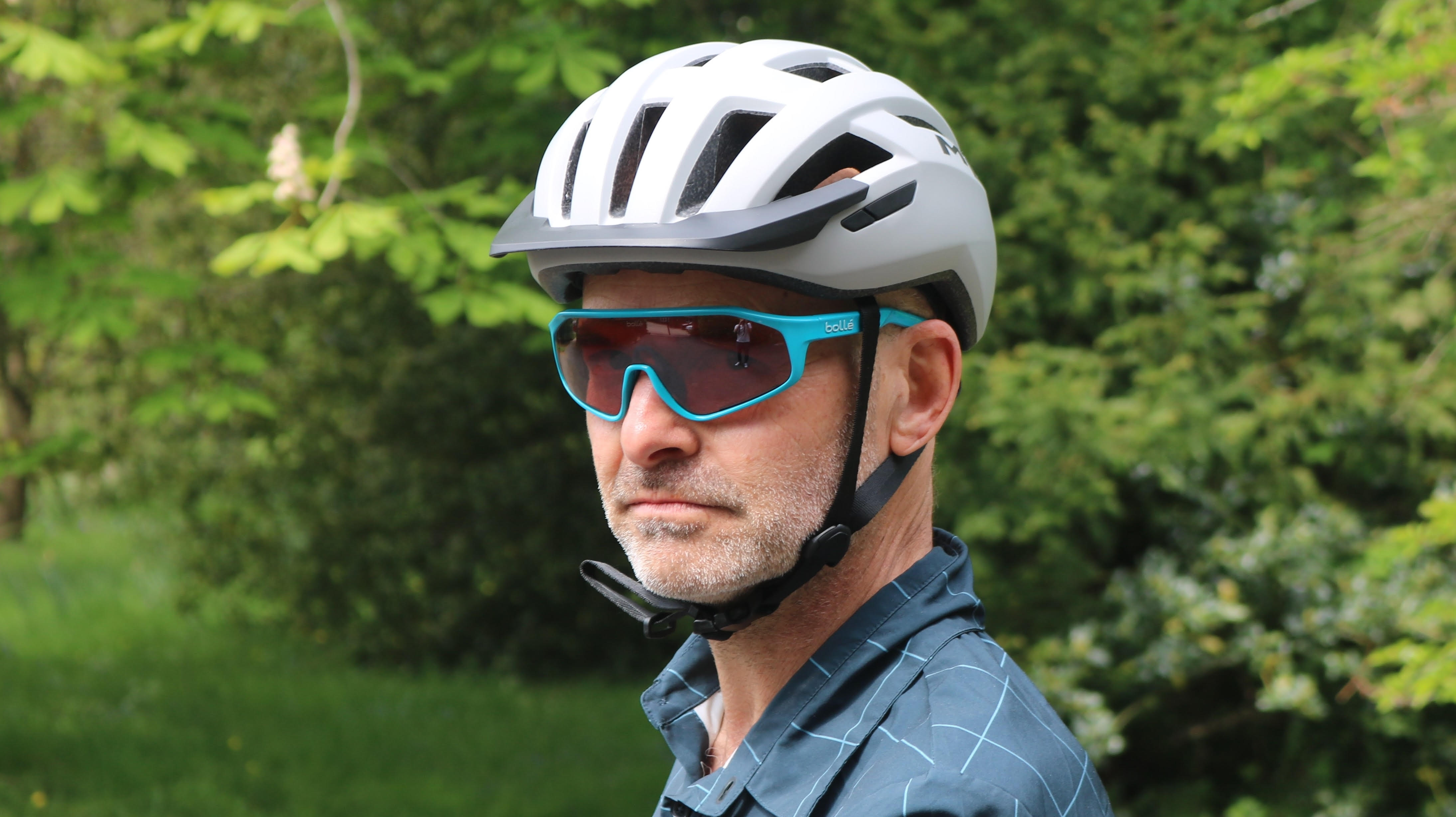
After a spell riding XC mountain bikes Paul discovered gravel, or in fact riding a cyclocross bike across the South Downs and through the Chiltern Hills as gravel bikes didn’t exist at the time. He’s since mixed gravel and road riding, reviewing bikes and gear for Cycling Weekly for five years and also more recently writing for Cyclingnews, Bike Radar, T3 and of course Bike Perfect.
- Jim BlandFreelance writer
